Submitted by WA Contents
I.M. Pei’s Grand Louvre Modernization received AIA 25-year award
France Architecture News - May 01, 2017 - 12:49 16631 views

The American Institute of Architects (AIA) has honored I.M. Pei's emblematic museum the Grand Louvre's modernisation with the 2017 AIA 25-year award, has been presented at the AIA's National Convention in Orlando. AIA's this prestigious award recognizes "an architectural design that has stood the test of time for 25 years."
Designed by Chinese-American architect I.M. Pei, FAIA, and his firm Pei Cobb Freed & Partners, the 71-foot-high (21,64 meters) glass and stainless steel pyramid now competes with the Eiffel Tower as one of France’s most recognizable architectural icons.

Image © Koji Horiuchi, courtesy of AIA
The award was announced in December 2016 and highlighted with its enduring significance, standing as the test of time by embodying architectural excellence for 25 to 35 years.
This accolade recognizes projects demonstrating excellence in function, in the distinguished execution of its original program, and in the creative aspects of its statement by today’s standards.
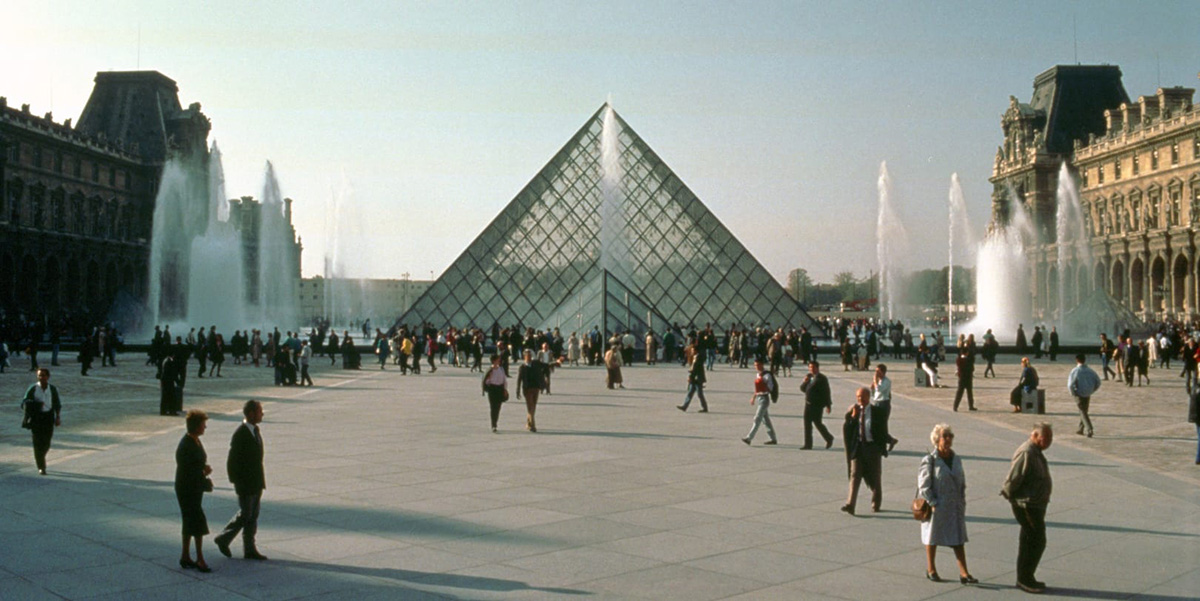
Image © Benoit Perrin, courtesy of AIA
The museum was first proposed as the main entrance to Paris’ Musée du Louvre, greeted with hostility and derided as a Modernist affront during those days and the project was born of President François Mitterrand’s quest to modernize the Louvre in the early 1980s.
I.M. Pei was commissioned to design the museum in 1983 and after completed in 1989, Pei's pyramid turned the 800-year-old Palace complex into a modern era while simultaneously making the museum more accessible to larger crowds.
As one juror noted, the project has become "an internationally renowned symbol for Paris and an example of the prowess and legacy of I.M. Pei." The museum program includes public plaza, Hall Napoleon with underground links to museum wings, auditorium, restaurants, museum shop, boutiques, workshops.
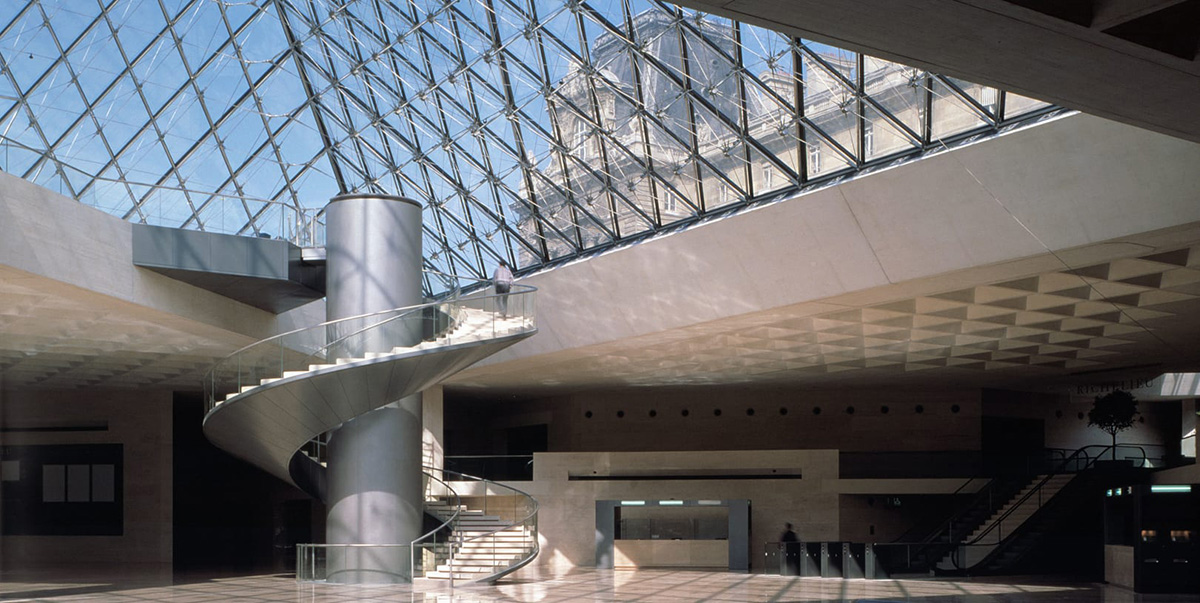
Image © Koji Horiuchi, courtesy of AIA
I.M. Pei reorginzed and expanded the Grand Louvre without compromising the historic integrity of one of France’s cherished monuments. Pei executed the project with an unprecedented amount of cultural sensitivity, political acumen, innovation, and preservation skill.
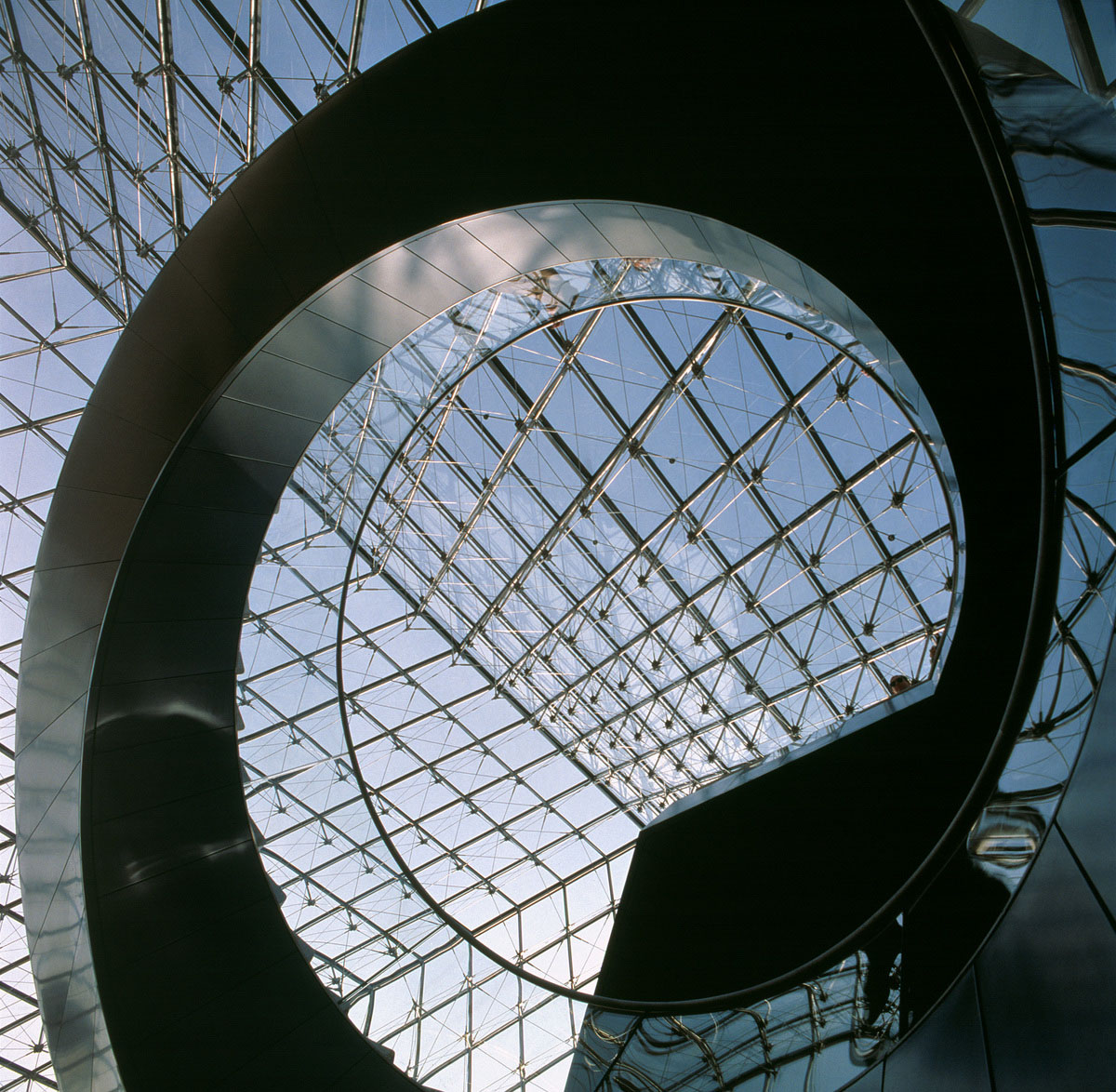
Image courtesy of Pei Cobb Freed & Partners
The Grand Louvre involved two renovation phases over the course of a decade. In the first phase, the architect gave rise to the pyramid, Pei reorganized the museum around the central courtyard, the Cour Napoléon, transforming it from a parking lot to one of the world’s great public spaces.
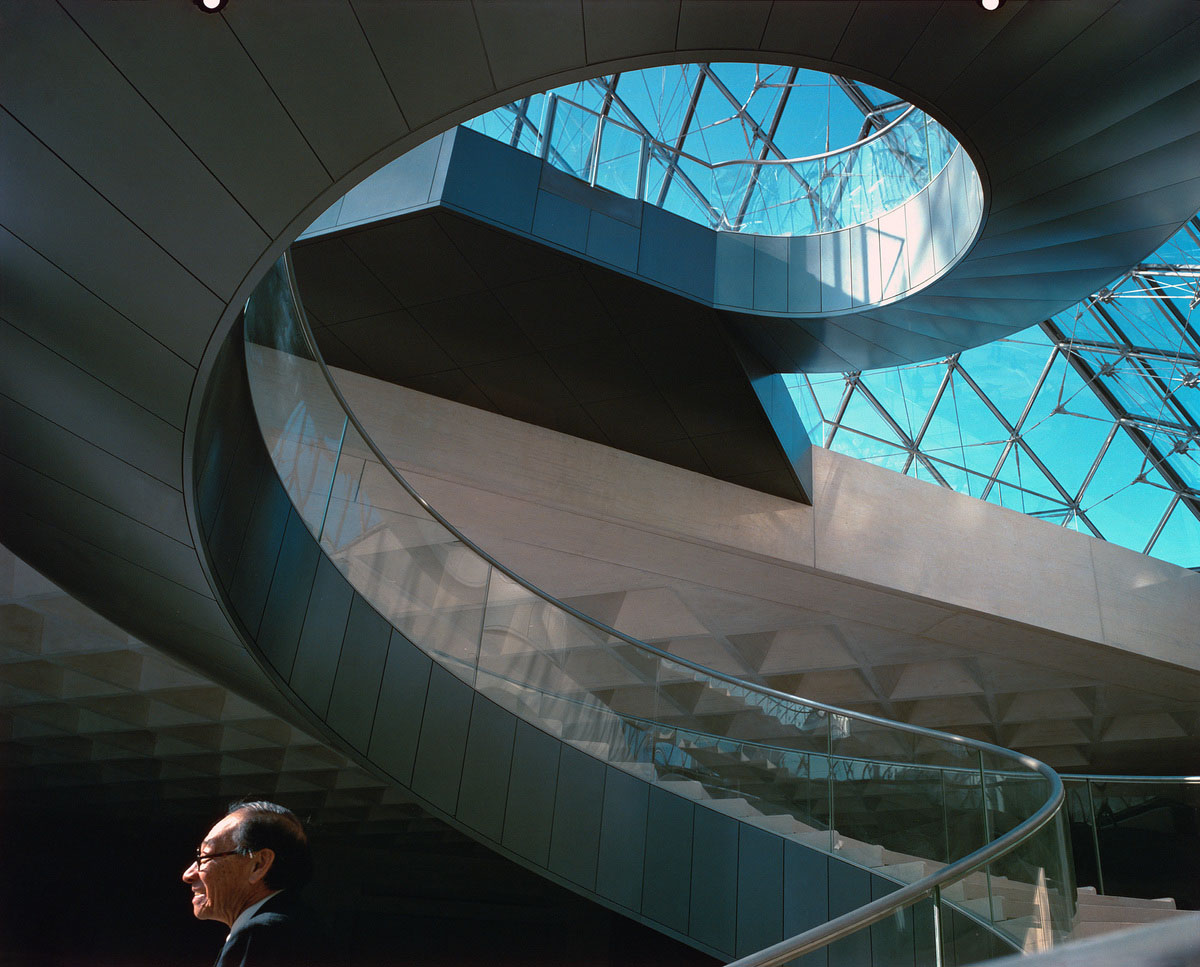
Image courtesy of Pei Cobb Freed & Partners
Twenty-seven years since the project was completed, Pei’s success has been reaffirmed in the museum’s visitorship, which has more than tripled since the expansion.
To accommodate the influx, the museum undertook its first renovation of the reception area directly beneath the pyramid recently and took distinct measures to maintain the integrity of Pei’s design.
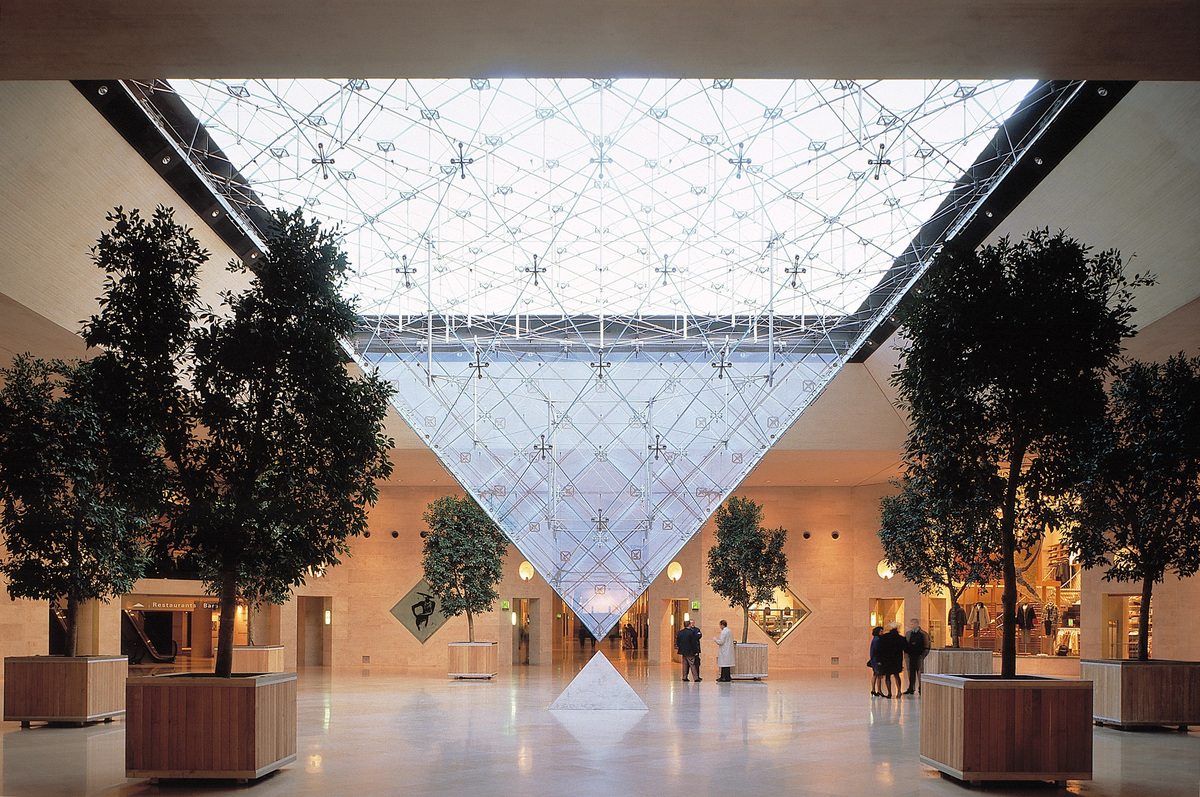
Image courtesy of Pei Cobb Freed & Partners
Sitting on a 67,000 square meters area, the architects reorganized the long, linear building into a compact U-shaped museum around a focal courtyard. A centrally located glass pyramid forms the new main entrance and provides direct access to galleries in each of the museum’s three wings. The pyramid’s distinctly modern articulation complements the historic Louvre in a dialogue of harmonious contrast.
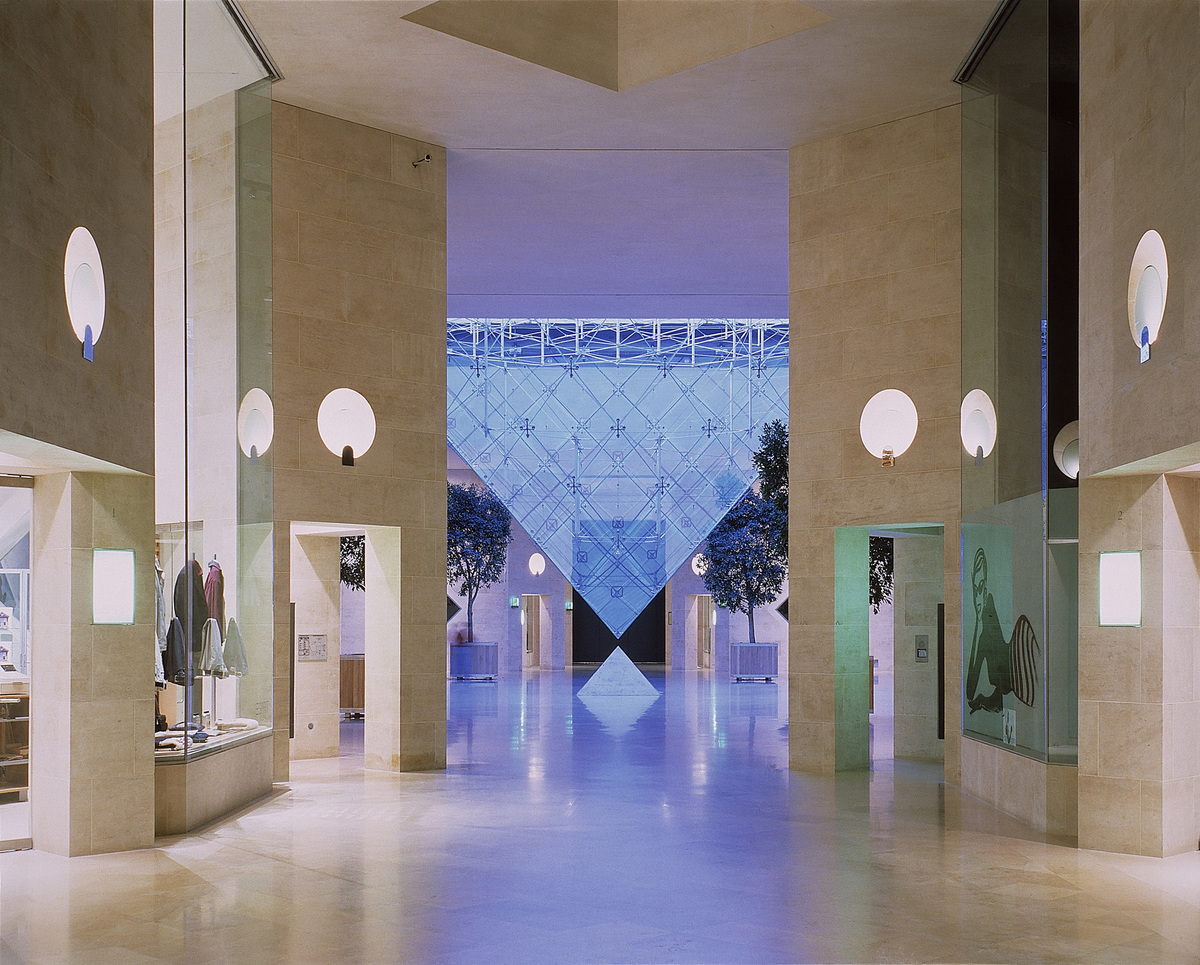
Image courtesy of Pei Cobb Freed & Partners
The AIA's 25-year award was given in the same week, I.M. Pei is celebrating his 100th birthday. Pei’s son, Chien Chung Pei, and firm partner George Miller accepted the award on behalf of Pei. The AIA 2017 Conference on Architecture was held between 27-29 April, 2017 in Orlando.
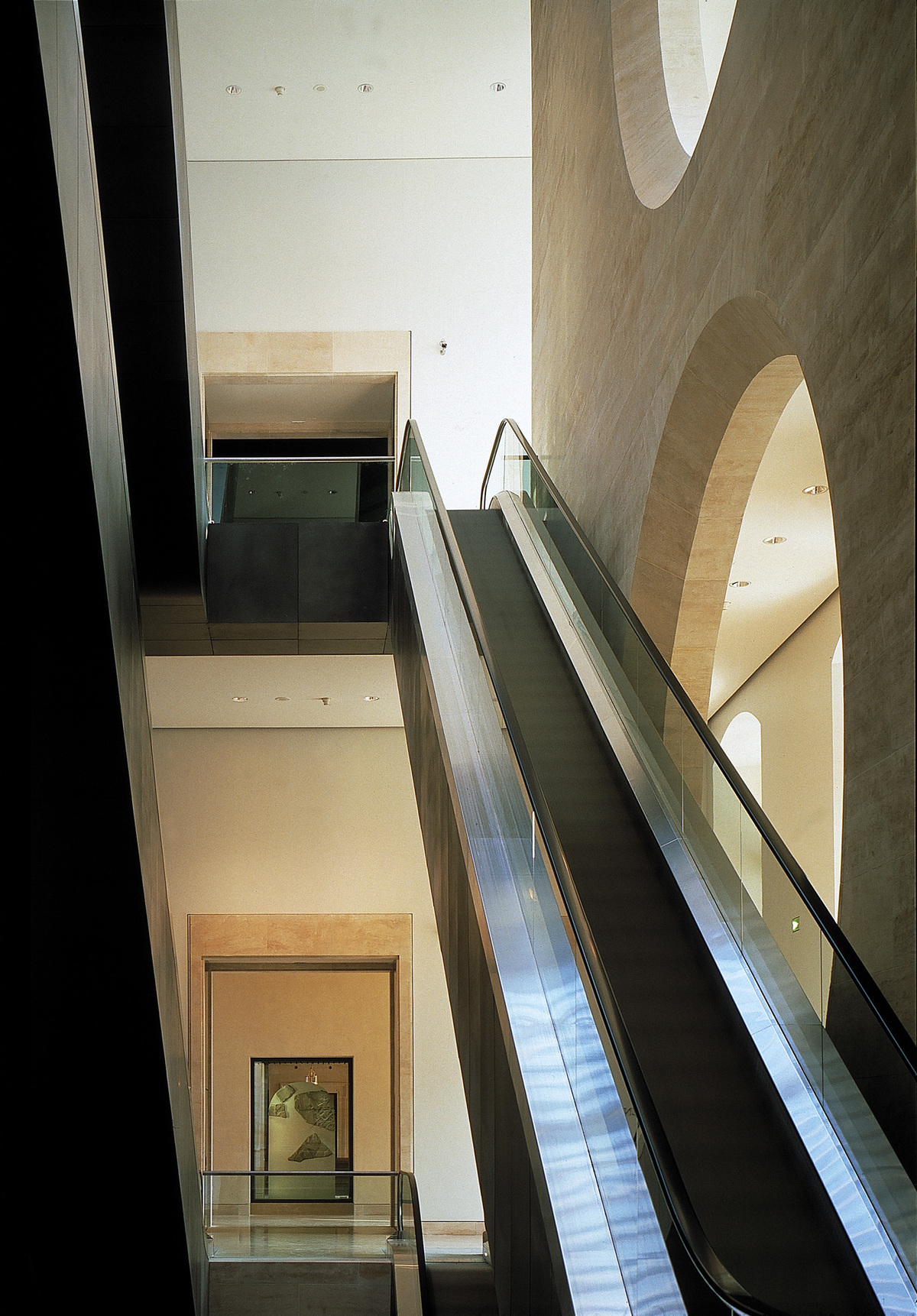
Image courtesy of Pei Cobb Freed & Partners
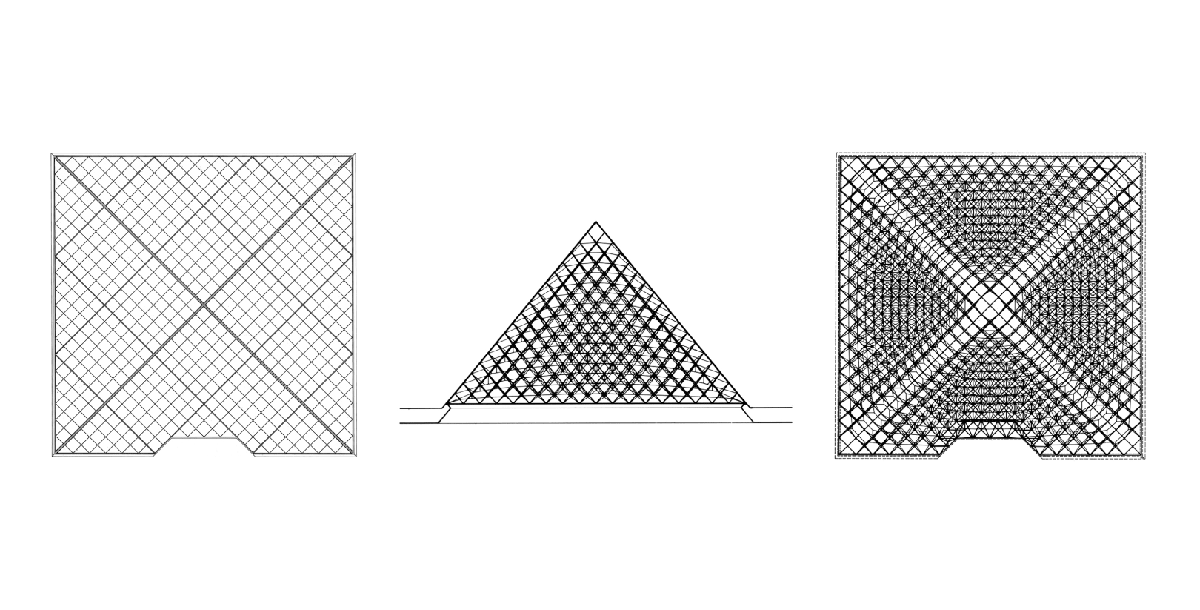
Image courtesy of Pei Cobb Freed & Partners
Top image © Koji Horiuchi, courtesy of AIA
> via AIA & Pei Cobb Freed & Partners
